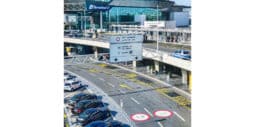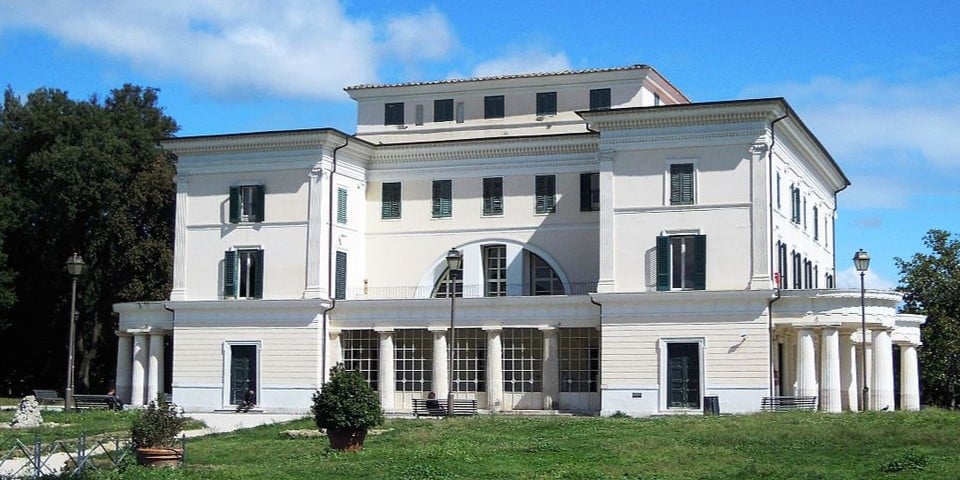

24803 views

| Opening Hours |
Sunday:
-
Tuesday:
-
Wednesday:
-
Thursday:
-
Friday:
-
Saturday:
-
|
|---|---|
| Recommended tour | |
| Closest bus stops |
|
| Closest subway stations |
|
| Address | Via Nomentana, 70, Roma |
| Website | www.museivillatorlonia.it |
Villa Torlonia is a historic estate located in Rome. The Torlonia family, a prominent Italian noble family, initially owned it. The villa and its surrounding grounds have undergone significant renovations over the years and are now open to the public as a museum and park.
Contents
ToggleThe estate was initially owned by the Colonna, a noble family of Rome, in the 16th century. In the early 19th century, the property was purchased by Giovanni Torlonia, a prominent Italian banker and member of the Torlonia family.
Under Giovanni Torlonia’s ownership, extensive renovations and expansions were carried out, transforming the villa into an elegant neoclassical mansion. The renowned architect Giuseppe Valadier was involved in designing and constructing the villa’s main building, Casino Nobile.
In the late 19th century, Marino Torlonia, Giovanni’s son, expanded the estate by adding various buildings, including the Casina delle Civette (House of the Owls) in the Art Nouveau style.
During the 20th century, Villa Torlonia became associated with Benito Mussolini, the fascist dictator of Italy. In 1925, Mussolini acquired the villa from the Torlonia family and used it as his official residence in Rome. He made significant modifications to the property, including adding a bunker and a private airfield.
After World War II, the villa changed hands multiple times and fell into neglect. However, in the late 1970s, Rome acquired the property and initiated a restoration project.
Today, Villa Torlonia is open to the public as a museum and park. The buildings and grounds have been restored, and visitors can explore the architectural beauty, gardens, and art collections associated with the estate’s fascinating history.
Read also about Villa Borghese Gardens.
Villa Torlonia is known for its beautiful architecture and gardens. The main villa, Casino Nobile, is an impressive neoclassical mansion with ornate interiors. It was once the residence of Mussolini during his dictatorship.
The estate also features several other buildings, including the Casina delle Civette (House of the Owls), renowned for its Art Nouveau style, and a museum dedicated to stained glass and decorative arts.
Visitors can explore the lush gardens, stroll through the park, and admire the various buildings and structures on the premises. The estate also hosts cultural events, exhibitions, and concerts annually.
The House of the Owls was initially constructed in the early 20th century. It was designed by the architect Camillo Crescentini in collaboration with the artist-duo Galileo Chini and Paolo Paschetto. The building derives its name from the numerous owl motifs adorn its exterior, symbolizing wisdom and nocturnal beauty.
The House of the Owls architecture features curved lines, floral decorations, and stained glass windows, characteristic of the Art Nouveau style. The interior is equally impressive, blending different materials, including marble, ceramics, and woodwork.
Today, the House of the Owls is a museum within Villa Torlonia. Visitors can explore its various rooms, which house a collection of decorative arts, including stained glass, ceramics, and period furnishings. In addition, the museum offers insights into the Art Nouveau movement and its influence on Italian design during the early 20th century.
Read also about Quartiere Coppede.
Villa Torlonia is indeed an intriguing place in Rome with a rich history. Here are some interesting facts about Villa Torlonia:
Author: Kate Zusmann
This website uses cookies. For more info read the cookies policy
Rome.us © 2025. Created with love by Roman experts and guides.